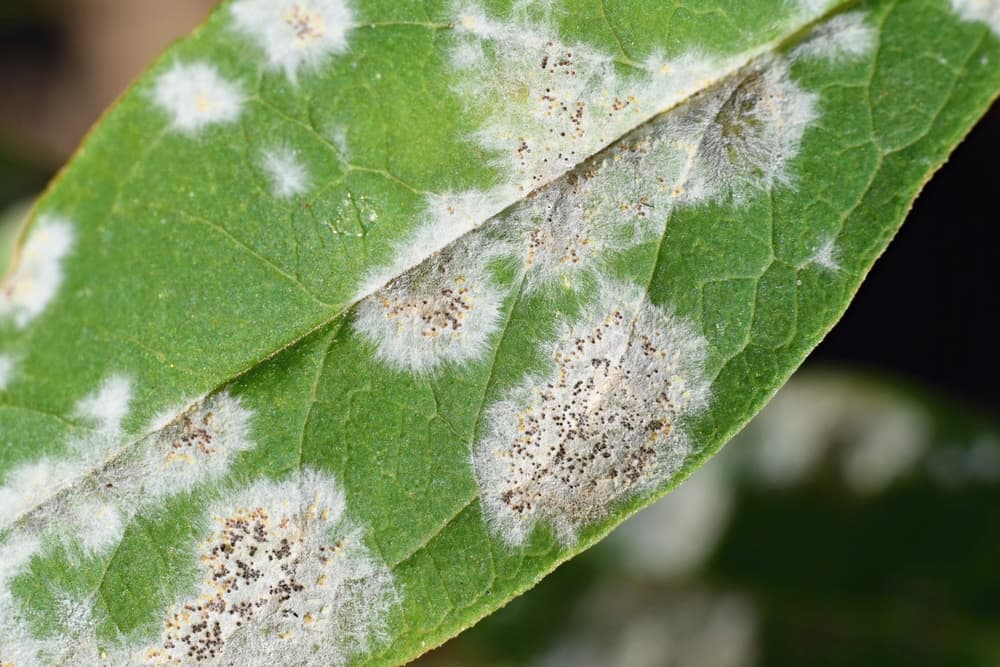PERENNIALS > MYOSOTIS
Chris is a gardening writer and nature enthusiast. He graduated from Oxford Brookes University in 2022 with an MA in Psychology. Chris works with the Leeds Green Action Society, helping their food cooperative by growing various fruit and vegetables on their two allotments in Hyde Park, Leeds.
Reviewed By COLIN SKELLY

Colin is a Horticulturist and Horticultural Consultant with experience in a range of practical and managerial roles across heritage, commercial and public horticulture. He holds the Royal Horticultural Society’s Master of Horticulture award and has a particular interest in horticultural ecology and naturalistic planting for habitat and climate resilience.
MYOSOTIS GUIDES
If there is one thing forget-me-nots are not, it’s forgettable.
This sweet little spring plant is famous for the adorable, five-petalled flower that burst from its stems from May right and right through October.
Usually pale blue and with striking yellow centres, these flowers are easy to remember.
Forget-me-nots, or Myosotis, are traditionally seen in country gardens; however, their understated elegance means they are perfectly suited to traditional, modern, formal and informal settings.
This plant is perfect for borders or the edges of paths and will complement other spring-blooming flowers, making it a charming addition to any garden.
Overview
| Botanical Name | Myosotis |
| Common Name(s) | Forget-me-not |
| Plant Type | Perennial / Annual Flower |
| Native Area | Europe |
| Hardiness Rating | H6 |
| Foliage | Hairy perennial |
| Flowers | Blue, yellow or white, delicate 5 lobed flowers |
| When To Sow | May, June, September |
| Flowering Months | May, June, July, August, September |
Sunlight
Preferred
Partial Shade / Full Sun
Exposure
Exposed or Sheltered
Size
Height
0.1 – 0.5M
Spread
0.1 – 0.5M
Bloom Time
May – September
Soil
Preferred
Chalk, Loam, Clay
Moisture
Moist but well drained
pH
Any
The Myosotis genus consists of 153 species and, while they are famously pale blue, they can also come in many other colours including shades of pink, orange and white.1Myosotis. (n.d.). Plants of the World Online | Kew Science. Retrieved June 5, 2023, from https://powo.science.kew.org/taxon/urn:lsid:ipni.org:names:30010296-2#children
Forget-me-nots are steeped in symbolism and, in almost every country where they are found, it seems there is a myth or a legend involving them.

Often used in wedding bouquets, forget-me-nots are said to symbolise true love and were given as a gift with the hope that the recipient would never forget the giver.
They are also said to represent long-lasting connection which can include not only the bond that exists between lovers, but also between friends or family.
Myosotis Varieties
There are hundreds of species of forget-me-nots, with many variations of colour, size and other characteristics that set them apart.
Here are some of our favourite forget-me-nots to help you find the best ones to grow in your garden.
Wood Forget-Me-Not

Botanical Name: M. sylvatica
This variety of forget-me-not is a short-lived herbaceous perennial plant that produces gorgeous blue, pink or white flowers with striking yellow or white centres which bloom from mid-spring to mid-summer.
Wood forget-me-nots are easy to grow and prefer moist, well-drained, organically rich soil in full sun or partial shade.
Growing from 5-12 inches, they are well-loved by butterflies, bumblebees and other helpful pollinators.
Thanks to their incredibly low maintenance nature, this versatile little plant is perfect for rock gardens, borders, banks and underplanting shrubs.
Field Forget-Me-Not

Botanical Name: M. arvensis
The field forget-me-not is generally biennial or annual and, sometimes, a perennial herb.
This particularly popular plant produces blue, funnel-shaped, five-petalled flowers and can grow to a height of 4-16 inches.
The seeds of this variety can stay dormant for up to thirty years until they deem it a suitable time to sprout and germinate when conditions are favourable.
This plant is pollinated by small flies but it can also self-pollinate if necessary to ensure seed production.
Field forget-me-nots are best grown in full sun or part shade and in moist, well-drained, organically rich soil.
This low-maintenance plant will perform superbly in borders and beds, slopes and banks, rock gardens, underplanting shrubs and roses as well as in containers.
Water Forget-Me-Not

Botanical Name: M. scorpioides
This erect herbaceous perennial produces gorgeous sprays of sky-blue flowers with tiny yellow centres which bloom from early to late summer.
Typically growing to a height of 6-10 inches, the water forget-me-not loves to sprawl across the ground, creating a magical flower carpet.
This beauty is easily grown in full sun or partial shade and, while it prefers wet to moist conditions, it can adapt to ordinary soil providing it has the moisture it needs and the soil contains clay-loam.
Water forget-me-nots are ideal for water gardens and wet areas and are a stunning addition when planted around streams, bogs, banks and ponds.
Changing Forget-Me-Not

Botanical Name: M. discolor
This variety gets its name thanks to the changing shades of colour of its flowers.
Blooming from May to September, the petals first appear cream or pale yellow and then gradually turn to pink, violet or blue.
The changing forget-me-not is a perennial or annual growing herb which can grow to a height of between 4-20 inches and produces leaves in a variety of shapes that are coated with small, soft, straight hairs.
Like the other forget-me-nots on this list, they are easy to grow, prefer full sun or partial shade and will perform best in open, grassy areas.
Strict Forget-Me-Not

Botanical Name: M. stricta
Last but not least, the strict forget-me-not is perhaps the most familiar type and is the variety that truly symbolises love and friendship.
It is also the earliest blooming Myosotis in the entire family, producing delicate blue flowers from May to June.
Plants in this variety typically grow to a height of between 2-8 inches and are perfect for attracting useful pollinators into your garden.
They prefer full sun to light shade, in mesic to dry conditions, preferring loamy or sandy soil.
This type of Myosotis is perfect for rocky outcrops, banks of streams, and dry areas where other plants may not so easily thrive.
They are also known to reseed themselves aggressively.
Plant Care
Forget-me-nots are incredibly low maintenance and will pretty much take care of themselves.
That said if you would rather they didn’t just spread freely around your garden you can pull up plants before they seed to prevent them from spreading too extensively.
Now that you’ve decided that your garden is crying out for unforgettable, forget-me-nots you might be wondering where to start.
Growing
While some types of Myosotis may differ slightly, generally most prefer to grow in sunny or slightly shady spots, in moist, well-drained soil.
Some varieties prefer a little more shade, and when paired with other shade-loving plants, they can make for an enchanting display.

Make sure you research your chosen type before planting to ensure you place it somewhere it can thrive.
That said, forget-me-nots are very adaptable and versatile and will do well in most conditions.
Propagation
Myosotis will readily, and sometimes aggressively, self-seed.
“Myosotis will self-seed in the areas that they like best,” says Colin Skelly, a Master Horticulturist.
“I edit the seedlings in my garden to keep them where I want them. I love them in combination with early spring bulbs and they contrast beautifully with the reds and yellows of daffodils and tulips.”
You can either allow them to do their thing and spread where they wish, or if you want to share the love, or introduce them to another part of the garden, you can lift new seedlings and give them as a gift or plant them in a new area.
Common Problems
Thankfully there are no pests that are particularly attracted to forget-me-nots.
The only problem you are likely to face is powdery or downy mildew after flowering.
These fungal diseases are recognisable by the white, powdery patches that appear on upper and lower leaf surfaces.

Garden fungicidial treatments are readily available for affected plants.
As you can see, forget-me-nots are so easy to include in your garden and, being so low maintenance, are perfect for beginners as well as gardeners with busy schedules.
References
- 1Myosotis. (n.d.). Plants of the World Online | Kew Science. Retrieved June 5, 2023, from https://powo.science.kew.org/taxon/urn:lsid:ipni.org:names:30010296-2#children

